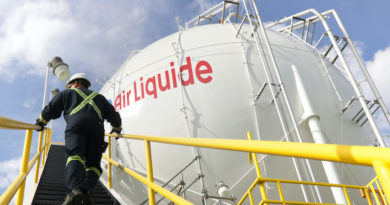
The transition to a renewable based Energy Union
The transition to a European Energy Union based on renewable energy can be seen as one of Europe’s greatest current challenges. This transition is leading to a number of complex situations in the energy sector.
In this regard, while the cost reduction of renewable technologies has exponentially increased installed renewable capacities, the friction with the current energy system is becoming evident to the extent that it can be argued that it is currently not fit to accommodate the volume of renewables needed to achieve our 2050 decarbonization targets.
Indeed, we are encountering challenges such as; negative wholesale prices, questions related to fairness and cost-effectivness, or situations where, due to the fact that the cost of wind and solar energy has fallen rapidly to levels comparable to those of traditional sources, problems are emerging for many traditional electricity producers across Europe that are, still today, an integral part of the national energy mix and necessary to guarantee the security of energy supply.
Rightly so the transition from a traditional power system, composed by relatively few large generators that feed into the
transmission network and the energy is transported down to consumers through the distribution system, into a renewable
energy-based power system, constitutes a major paradigm change to which we must adapt. There is no other choice,
the transformation of global power markets is ongoing.
According to the International Energy Agency, renewable energy surpassed coal as main source of power capacity in 2015. In 2030, half of the EU’s elec- tricity generation will come from renewables. By 2050 our electricity should be completely carbon-free.
In this context, and with a horizontal approach, on the 30 November 2016, the European Commission presented a new package of measures with the goal of providing the stable legislative framework needed to facilitate the clean energy transition.
Having set the achievement of global leadership in renewable energies, together with putting energy efficiency first, as well as providing a fair deal for consumers, as the three main goals of the package, the ‘Clean Energy for All Europeans’ proposals (under discussion in the European Parliament at the moment of writing this contribution), must help the EU energy sector become fit for purpose.
Making it more stable, more competitive, and more sustainable to the current and future renewable needs and commitments.
In other words, the transformation of Europe’s energy system, and consequently the Clean Energy Package, must take into account factors such as that the typical renewable plant size is much smaller than those of conventional thermal energy plants, and consequently will increase the number of points where energy is fed-in into the system.
In addition, a large part of this energy will be fed in at the distribution level, especially the case for solar energy. This, together with the need to deal with foreseen and unforeseen fluctuations in consumption and, more importantly, renewable production, makes a certain level of flexibility needed. Flexibility from, the offer and demand side, and flexibility provided by the adequate infrastructure.
Regarding the need for flexibility on the offer, and while in principle a renewable power system reduces the consumption of fossil fuels,
we must not forget that even in high renewable scenarios, fossil fuel plants, such as gas-fired back-up plants may be a cost effective way of guaranteeing electricity supply during renewable “droughts”.
This is specially the case in a context where projections of alternative to fossil fuel back-up plants, such as bio-fuel based plants are, according to ENTSO-E, still modest Likewise, large-scale storage capacity mechanisms, such as combined European




